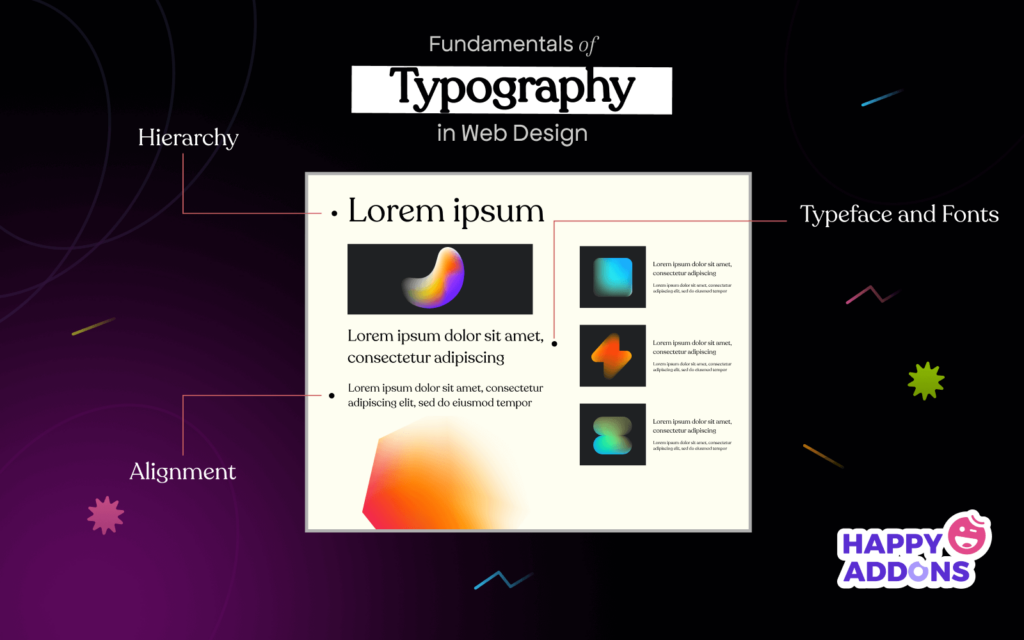20Shift: Your Daily Dose of Insight
Stay updated with the latest trends and news across various domains.
Type Right: How Fonts Shape Our Online World
Discover how fonts influence our online experience and shape perceptions—your guide to the hidden power of typography awaits!
The Psychology of Fonts: How Typography Affects Perception Online
The choice of fonts in online content is more than a mere aesthetic decision; it significantly influences how users perceive information. Research indicates that certain typefaces can evoke specific emotions and associations in the minds of readers. For instance, serif fonts, such as Times New Roman, often convey a sense of tradition and reliability, while sans-serif fonts, like Arial, tend to communicate modernity and cleanliness. This phenomenon is supported by studies from sources like NCBI, which highlight how typography impacts readers' cognitive processing. Thus, selecting the appropriate font is crucial for aligning the visual identity of a brand with the intended message.
Moreover, the psychological effects of typography extend to user engagement and retention. Fonts can dictate the readability and accessibility of content, influencing how long a visitor stays on a page. For example, a study published by the Smashing Magazine suggests that using a clean, easy-to-read font can significantly enhance user experience, leading to higher conversion rates. Therefore, understanding the psychology behind typography is essential for marketers and content creators aiming to optimize their online presence and better connect with their audience.

Choosing the Right Font for Your Brand: A Comprehensive Guide
Choosing the right font for your brand is crucial as it sets the tone for your entire visual identity. A well-selected font can convey the personality of your brand, whether it’s professional, casual, or innovative. When considering typography, think about factors such as readability, legibility, and the emotional response you want to elicit from your audience. For a deeper understanding of how fonts impact perception, check out this insightful guide on Creative Bloq.
When narrowing down your font choices, categorize them into groups such as serif, sans-serif, display, and manual to best match your brand message. Additionally, consider using pairings with contrasting styles for headers and body text; this enhances visual interest while maintaining a cohesive brand image. For more tips on font pairings, visit this expert article on Smashing Magazine.
What Does Your Font Say About Your Website?
The font you choose for your website plays a crucial role in how visitors perceive your brand and content. Different fonts can evoke various emotions and associations; for instance, a sleek sans-serif font might convey modernity and cleanliness, while a traditional serif font may communicate reliability and trustworthiness. According to HubSpot, the readability and visual appeal of your site heavily depend on the typeface you employ. Therefore, understanding what your chosen font says about your business is imperative for creating an effective online presence.
Furthermore, typography can significantly affect user experience, influencing how easily your content can be consumed. For example, using a highly stylized font may enhance aesthetic appeal, but if it's difficult to read, it could deter users from engaging with your content. According to Smashing Magazine, ensuring that your font complements the overall design and accessibility of your site is essential for retaining visitors and improving conversion rates. It's important to consider the emotions and messages conveyed by your typography to align with your website's goals.